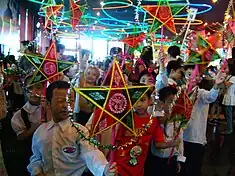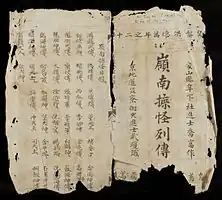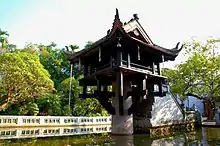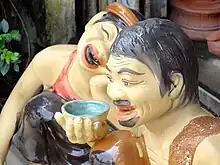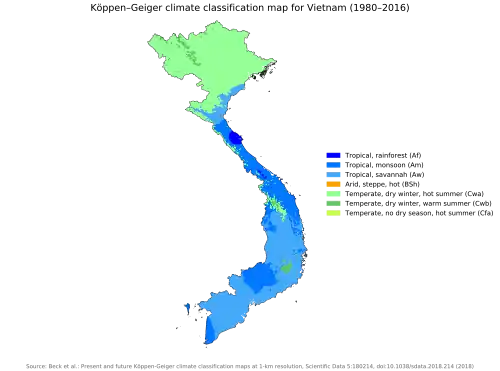Discover Wikipedia using portals
-
 List of all portals
List of all portals -

-

-

-

-

-

-

-

-

-
 Random portal
Random portal -
 WikiProject Portals
WikiProject Portals
This article is issued from Wikipedia. The text is licensed under Creative Commons - Attribution - Sharealike. Additional terms may apply for the media files.
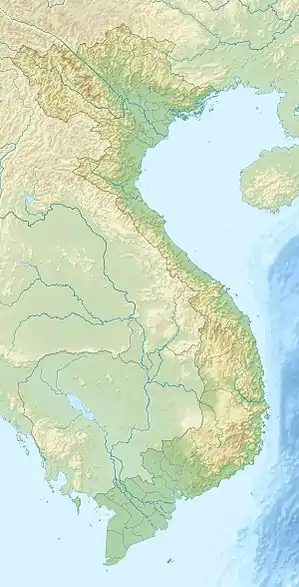
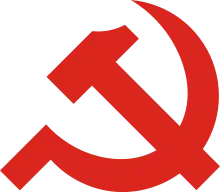
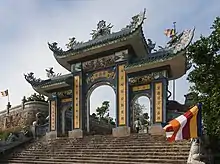




%252C_d%C3%A9l%C3%A9gu%C3%A9_indochinois%252C_Congr%C3%A8s_communiste_de_Marseille%252C_1921%252C_Meurisse%252C_BNF_Gallica.jpg.webp)


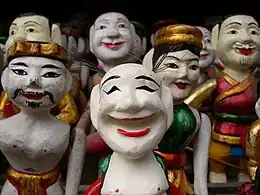


.jpg.webp)





